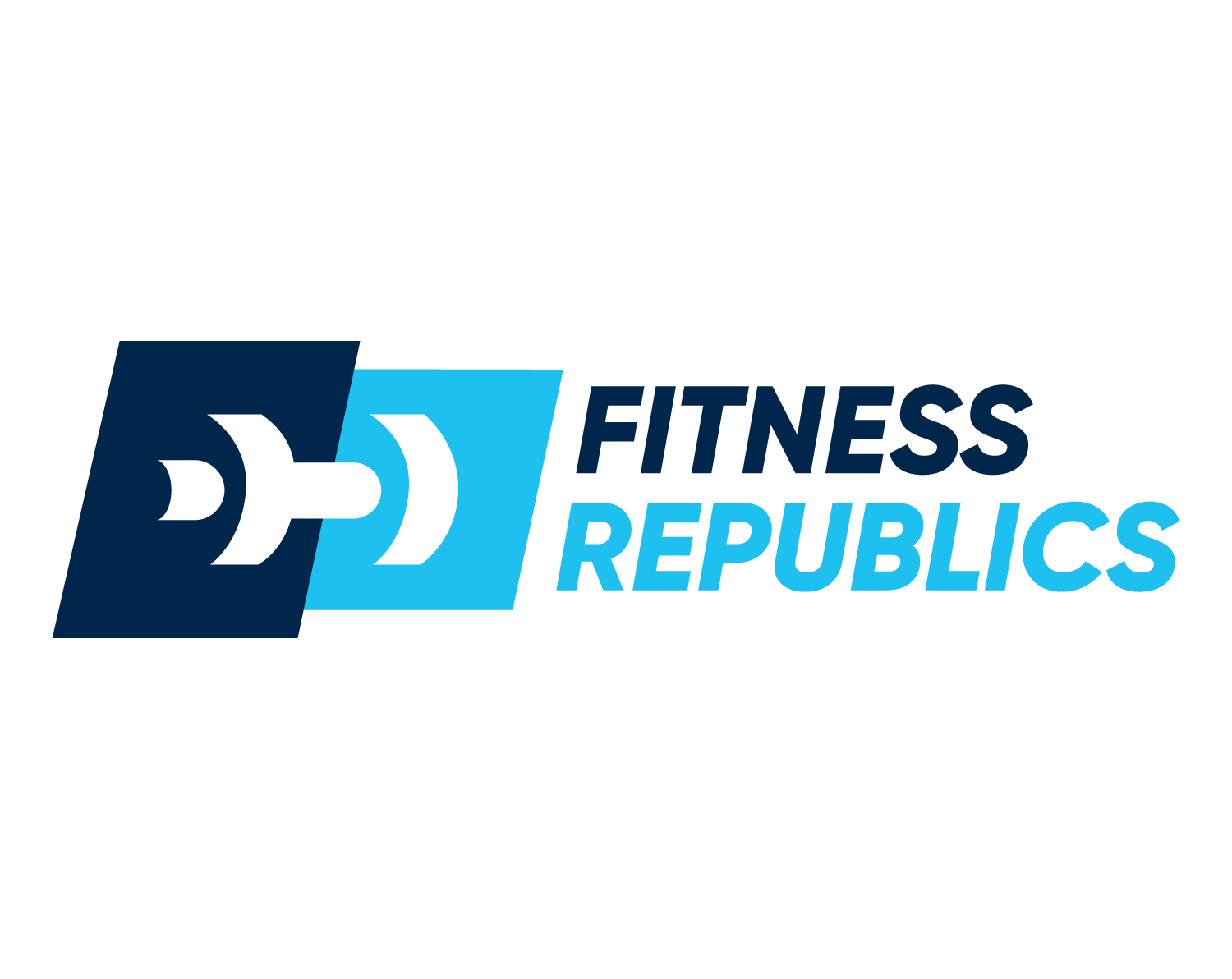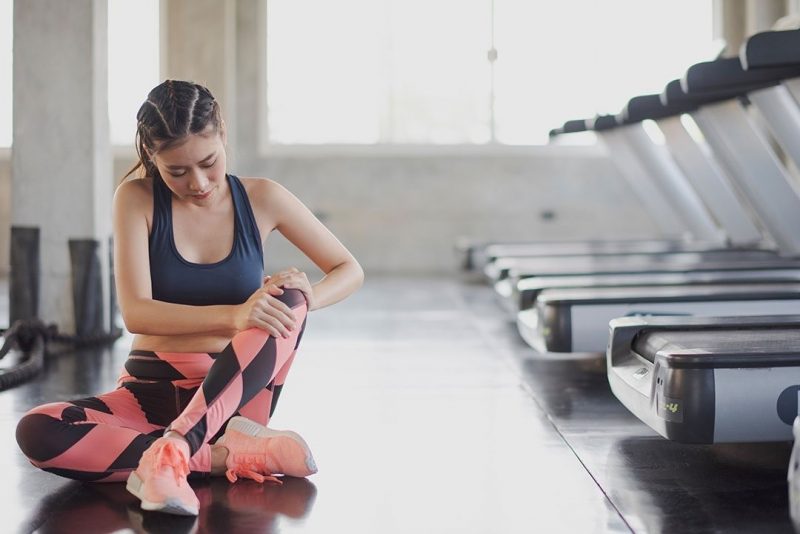If you’ve worked out even just once in your lifetime, we’re sure you’re familiar with soul-crushing muscle pain that lingers for the next few days. What doesn’t kill you makes you stronger, right? But, boy, does it stink when you feel the soreness of each cell of your body! This unavoidable inconvenience can be quite discouraging if you’ve just started working to enhance your fitness. So it is only logical that you want to know some tips that’ll help your muscles recover more quickly. While there are numerous traditional methods you could try to ease muscle soreness, this particular article focuses on a more modern approach – red light therapy.
There is an ever-growing number of benefits that red light treatment has to offer. What’s more, these advantages are not a construct of snake oil advertising but backed up by scientific research. So we can’t help but wonder: can red light therapy aid in rapid workout recovery as well?
Here’s what we found out.
Why Do I Get Sore After Working Out?
Muscle pain after exercise, or as scientists like to call it delayed onset muscle soreness (DOMS), is a natural reaction your body has when you force it out of the comfort zone. When you start working out, add a new exercise to your routine, or make your regimen longer, your muscle tissue gets inflamed and triggers muscle pain.
The soreness, expected to start after 6-8 hours of extensive physical activity, is the sign that your body is working extra hard to regenerate the fibers affected. This is not necessarily a bad thing – once your body is done recovering, you’ll be left with higher tolerance to the same sort of exercise. The tricky thing is that the process may take up to 2 full days. So anything that can speed up the muscle healing is worth taking into consideration.
What Is Red Light Therapy?
Red light therapy is a form of non-invasive treatment that effectively fights various health concerns. The reason behind the healing powers of red light is linked to optimized cellular function. Being exposed to a red light therapy device enhances the ATP production in our cells. If you aren’t familiar with ATP, it is a molecule that acts as the cell’s primary energy source. Therefore, any process that conducts on a cellular level is powered by this tiny guy. The ability to provoke ATP secretion makes red light therapy an impeccable way of treating versatile issues, including acne, joint pain, hair loss, scarring, and muscle soreness.
Now let’s look more into scientifically examined the relationship between red light and muscle recovery.
Should I Use Red Light Therapy Before or After Workout?
Exposing yourself to red light therapy before or after a workout can be beneficial on so many levels. The 2016 study found that pre-workout RLT sessions reduce the chances of developing muscle fatigue after exercising. Another excessive research done on the subject involved a group of healthy volleyball players. The participants exposed to the red light before working out experienced faster muscle recovery and higher energy levels.
If applying red light wavelengths after exercise is more convenient for you, there’s no reason you should hold back! As a proven fighter of inflammation, red light therapy shows excellent results in aiding your pressured muscles in rapid regeneration. In fact, a recent study found that stimulated ATP production promotes cell proliferation and protein synthesis – kick-starting muscle recovery.
How Long Does It Take For RLT to Help With Muscle Recovery?
Generally, effects on red light therapy are expected after around four weeks of continuous use. However, when it comes to muscle recovery, the positive results are present almost immediately. That’s why so many professional athletes turn to red light therapy! The treatment sessions help professional sports players redeem their muscles quickly after extensive daily workouts and always stay on top of their game.
So if you’ve been restraining yourself from trying new and fun ways to exercise in fear of the next day’s muscle fatigue, you can rely on red light therapy. Light treatments will help you stick with the consistent workout routine, raise your energy levels, and make you so much more focused on your fitness goals.



Comments are closed.